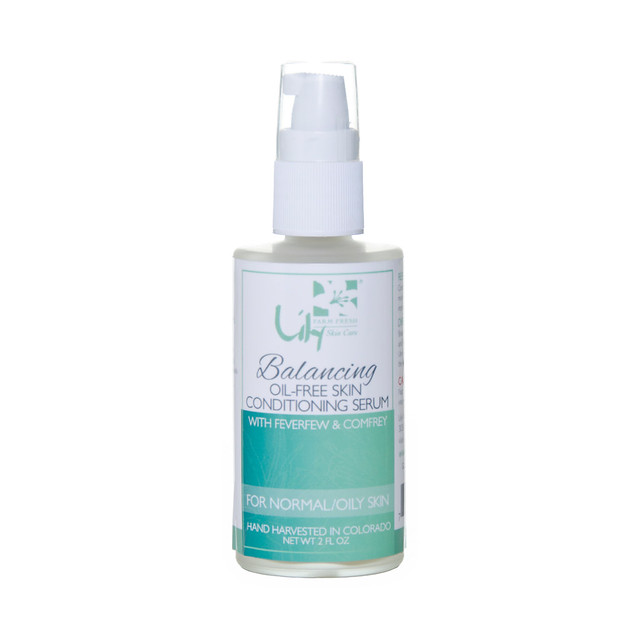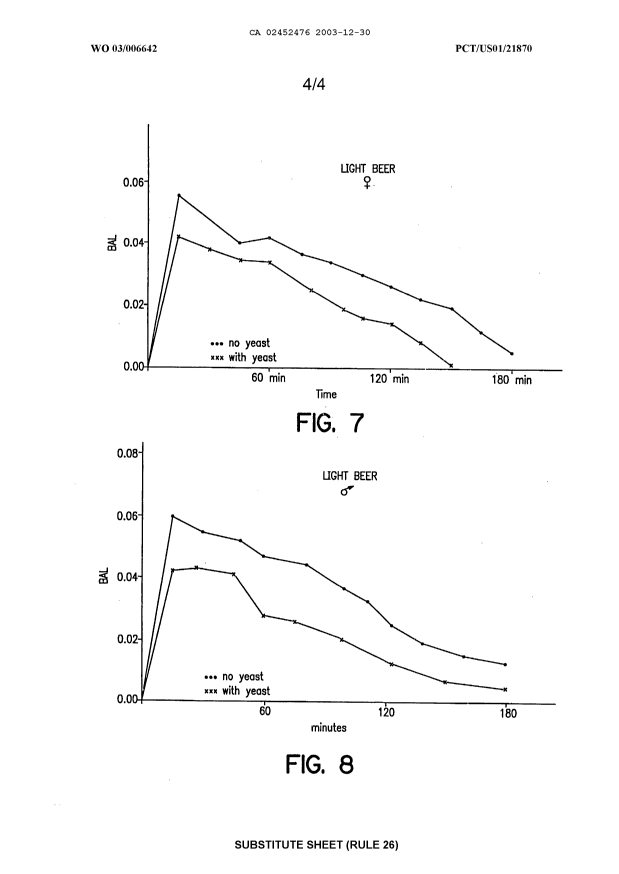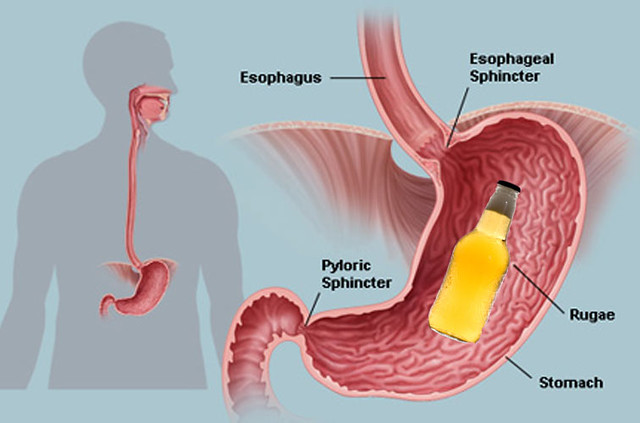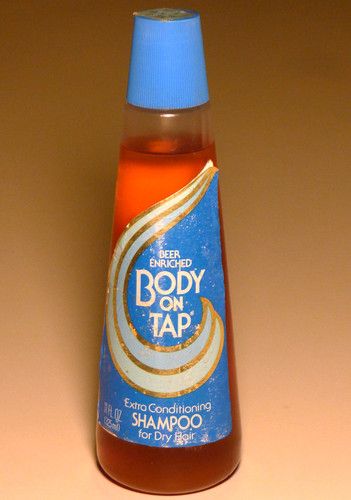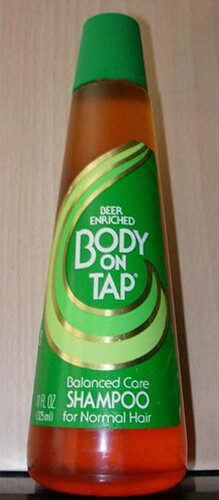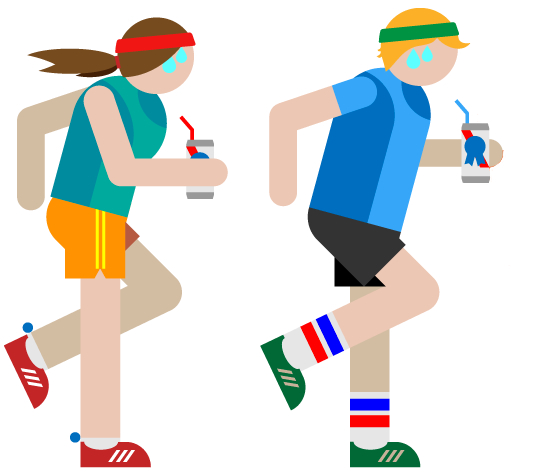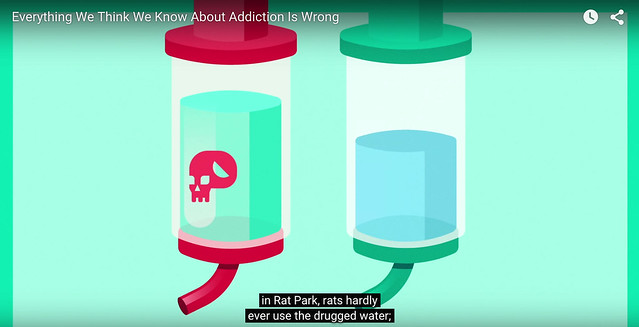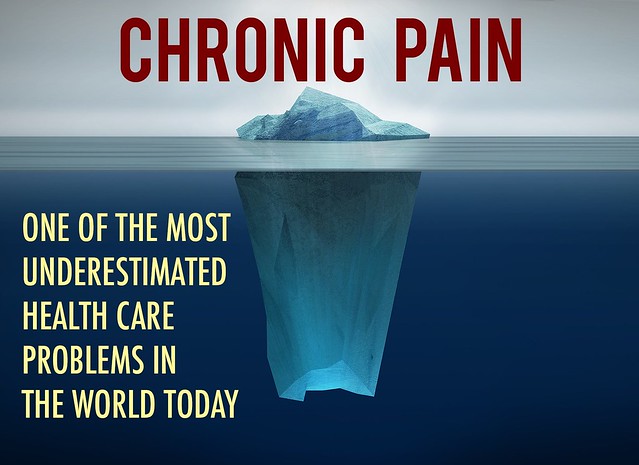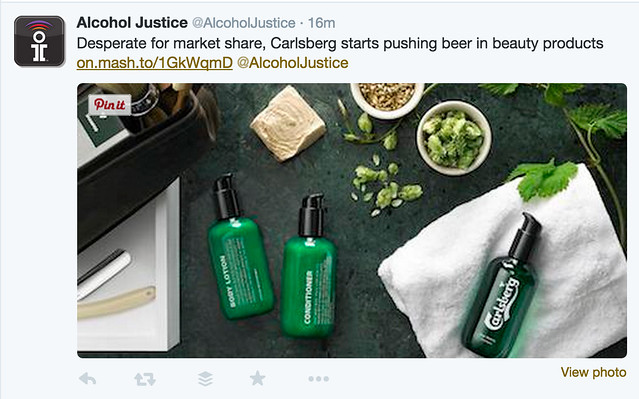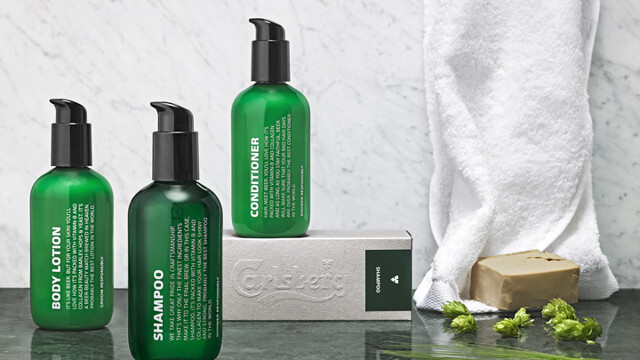
Today in 1979, US Patent 4148873 A was issued, an invention of Joseph L. Owades, assigned to S. S. Steiner, Inc., for his “Method For Treating the Skin with Extracts of Hops.” Here’s the Abstract:
There is provided a new method of treating human skin to protect said skin from erythema-producing sunlight radiation while promoting tanning thereof, the method comprising using an active sunscreening ingredient, an ultraviolet radiation absorbing extract of hops.
This seems similar to another patent Owades was granted in 1981, Patent No. 1112183A1: Humulus Lupulus (Hops) Extract As Sunscreen Agent. That patent appears to have expired in 1998, and I’m not sure if his sunscreen was ever available commercially. This one’s more of a skin treatment, and I did find one that claims to use hop extracts, Balancing Oil Free Skin Conditioning Serum. While it doesn’t say so on the product’s main page, on another one, Benefits of Hops in Natural Skin Care, in which they state that “Lily Farm Fresh Skin Care utilizes the benefits of hops in Balancing Oil Free Skin Conditioning Serum. This multi-tasking product is for people who both do not want oil in a moisturizer and people and who are struggling with blemishes and wrinkles. They need a cure for both with one product. Balancing Oil Free Skin Conditioning Serum conditions and firms the skin while also healing and moisturizing.” So maybe that’s it, hard to say.
